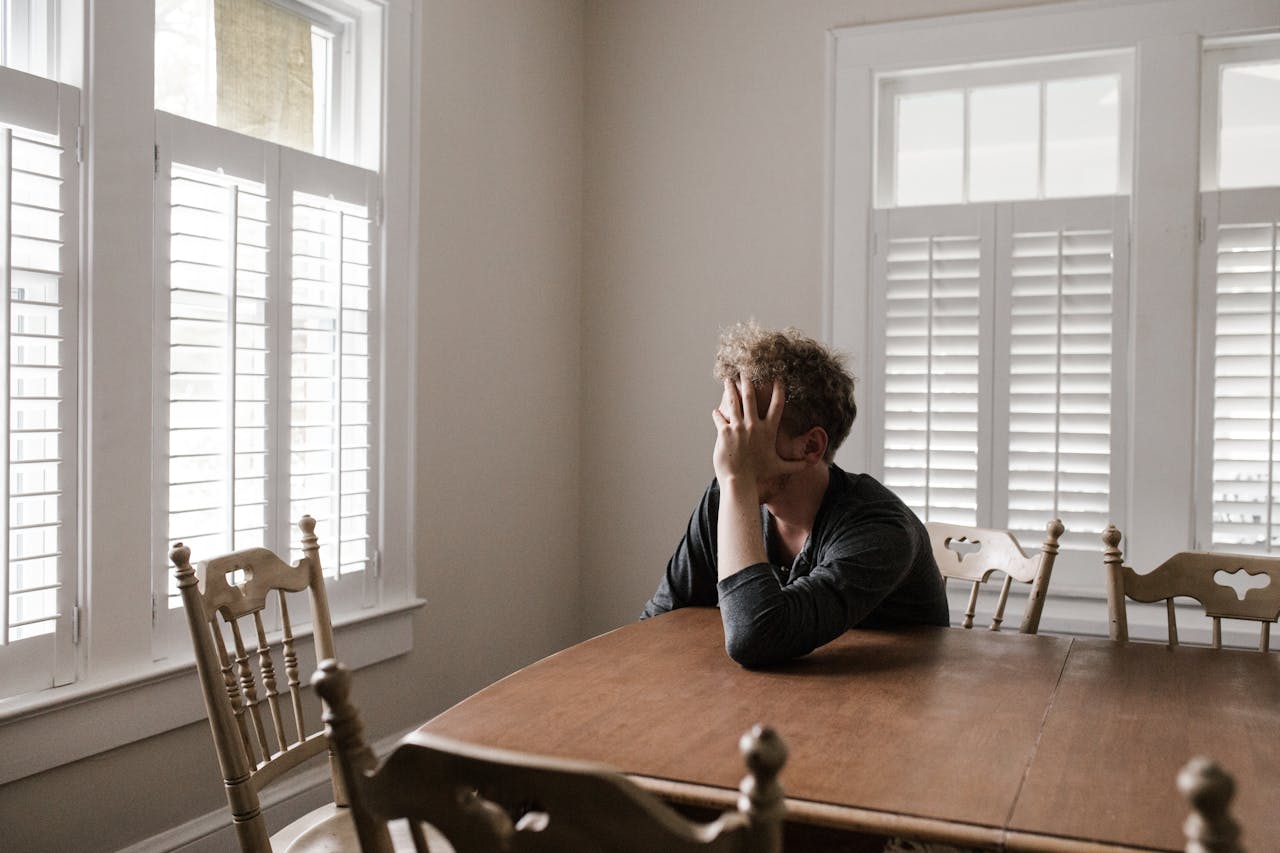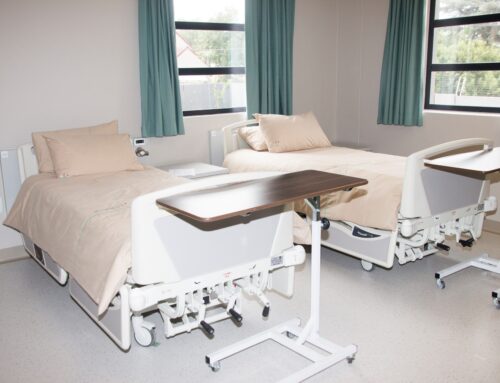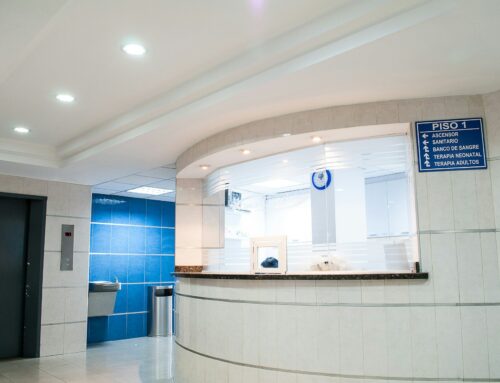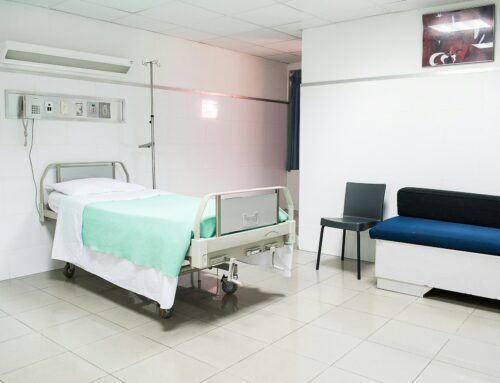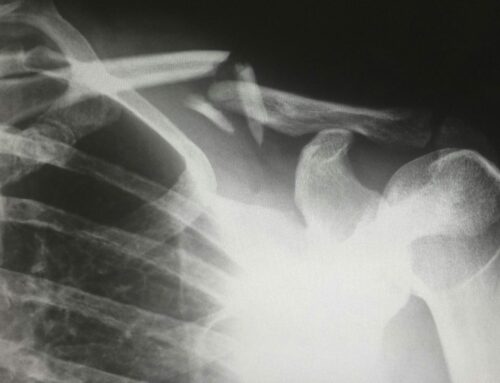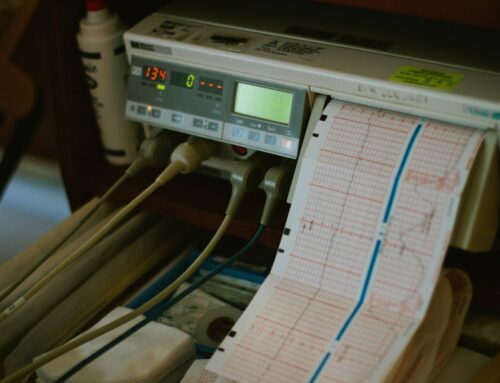Proving nervous shock in court is a complex process that requires a thorough understanding of both legal and medical principles. In Ireland, the landmark case of Kelly v. Hennessy has long set the standard for nervous shock claims. However, recent cases, including the notable 2024 Germaine v. Day case, continue to shape the legal landscape. This blog aims to elucidate the criteria for psychiatric illness by means of personal injury or medical negligence claims in Ireland, using the Germaine v. Day case to highlight key challenges and considerations.
What is Nervous Shock?
Nervous shock, in legal terms, is considered a psychological injury caused by witnessing a distressing event. In Ireland, nervous shock claims can arise from various situations, such as accidents or medical negligence. The fundamental aspect of a nervous shock claim is that the plaintiff must have suffered a recognisable psychiatric illness as a direct result of the shocking event.
The cornerstone of nervous shock claims in Ireland is the case of Kelly v. Hennessy. Decided in 1995, this case established five essential criteria that plaintiffs must meet to succeed in a nervous shock claim. Over the years, these criteria have been applied and interpreted in various contexts, including medical negligence. The Germaine v. Day case, decided in 2024, serves as a contemporary example of how these criteria are evaluated in court.
Criteria for Psychiatric Illness Claims in Ireland
In Kelly v. Hennessy, the Supreme Court outlined five critical criteria for nervous shock claims:
- Recognisable Psychiatric Illness: The plaintiff must suffer from a psychiatric illness that is medically recognised.
- Shock-Induced Illness: The psychiatric illness must result from a sudden, shocking event.
- Causation: The shock-induced illness must be caused by the defendant’s act or omission.
- Actual or Apprehended Injury: The nervous shock must arise due to actual or apprehended physical injury to the plaintiff or another person.
- Duty of Care: The defendant must owe the plaintiff a duty of care to avoid causing nervous shock.
These criteria set a high bar for plaintiffs, requiring clear and compelling evidence. In the Germaine v. Day case, these criteria were meticulously analysed to determine the validity of the nervous shock claim.
2024 Germaine v. Day Case Outcome
The Germaine v. Day case exemplifies the complexities involved in proving nervous shock in court. Carmel Germaine, the widow of Thomas Germaine, brought a claim against Mary Day, representing St. James’s Hospital, following the tragic death of her husband.
On October 2, 2018, Thomas Germaine visited the doctor for symptoms that led to a chest X-ray. This X-ray revealed an unrelated opacity in his lung, which the radiologist missed. This oversight delayed the diagnosis of his lung cancer—high-grade poorly differentiated non-small cell carcinoma—until December 24, 2018, when it was too late for any effective treatment. As Thomas’s condition worsened over the months, culminating in a rapid decline just before Christmas 2018, Carmel Germaine witnessed his suffering. Tragically, Thomas Germaine passed away on February 14, 2019.
Emotional Trauma and Legal Claim
Carmel Germaine experienced significant emotional trauma, claiming that this resulted in an adjustment disorder, a recognised psychiatric illness. She argued that this trauma was shock-induced by her husband’s sudden deterioration.
Court’s Analysis and Findings
The court’s analysis in the Germaine v. Day case focused heavily on the Kelly v. Hennessy criteria. Ms. Justice Egan scrutinised whether the plaintiff’s adjustment disorder was indeed shock-induced and whether it was caused by the defendant’s negligence. The court determined that the gradual decline in Mr. Germaine’s health did not constitute a sudden shocking event, as required under the second criterion. Additionally, the court concluded that the deterioration was not directly caused by the missed diagnosis, as his cancer was already incurable by the time it should have been identified.
Furthermore, the judgment considered the broader issue of the doctor’s duty of care to the patient’s family. The court examined whether this duty extended to Carmel Germaine, taking into account factors such as the proximity and foreseeability of psychiatric harm. Ultimately, the court’s decision highlighted the importance of balancing individual rights with broader social consequences, reflecting on the potential implications of extending duty of care in medical negligence cases.
Conclusion of the Court’s Judgment
Ultimately, the court concluded that the plaintiff did not meet the necessary criteria for a nervous shock claim. This case illustrates the stringent requirements for such claims and the critical importance of demonstrating a sudden, shocking event and direct causation by the defendant’s actions or omissions. It also highlights the nuanced considerations of duty of care towards family members in the context of medical negligence.
By examining the proximity, foreseeability, and social considerations involved in the doctor’s duty of care to a patient’s family, the court’s judgment in Germaine v. Day provides valuable insights into the legal standards and challenges in nervous shock claims.
Duty of Care in Nervous Shock Claims
In the Germaine v. Day case, a significant aspect of the judgment revolved around the doctor’s duty of care to the patient’s family. This element of the judgment is crucial as it delves into the principles of proximity, foreseeability, and social considerations in nervous shock claims.
The court examined whether the duty of care extended to Carmel Germaine as a family member of the patient. Proximity and foreseeability are key factors in establishing this duty. The court noted that while a duty of care is generally owed to patients, extending this duty to family members who witness the deterioration of their loved ones involves more nuanced considerations. The relationship between the parties and the foreseeability of psychiatric harm play pivotal roles in this determination.
The judgment also highlighted social considerations, such as the implications of imposing a duty of care on healthcare providers to protect the mental well-being of patients’ families. The court weighed the societal impact of such an extension of duty and its potential to lead to a floodgate of claims. Ultimately, the court’s decision underscored the importance of balancing individual rights with broader social consequences.
Proving Nervous Shock in Court
Successfully proving a nervous shock claim hinges on the quality and comprehensiveness of the evidence presented. Plaintiffs must provide detailed medical documentation confirming a recognised psychiatric illness. Expert testimony, particularly from psychiatrists and medical professionals, is crucial in establishing both the diagnosis and the causal link to the alleged shocking event.
It is also essential to gather factual evidence of the event itself. This includes medical records, witness statements, and any other documentation that can corroborate the suddenness and shocking nature of the event. In the Germaine v. Day case, the absence of a clearly defined sudden event significantly weakened the plaintiff’s claim.
Legal Strategies for Success
To increase the likelihood of success in nervous shock claims, plaintiffs should focus on clearly demonstrating the following:
- Sudden Shocking Event: The event must be distinct and occur abruptly, with a clear beginning and end. Gradual deterioration or prolonged distress does not typically meet this criterion.
- Causal Connection: There must be a direct link between the defendant’s negligence and the plaintiff’s psychiatric illness. This involves showing that the illness would not have occurred but for the defendant’s actions or omissions.
- Preparedness: Plaintiffs should also consider the state of preparedness or awareness at the time of the event. Lack of preparedness for a sudden, shocking event can contribute to the severity of the psychiatric impact.
Broader Implications for Nervous Shock Claims in Ireland
The Germaine v. Day case sets a significant precedent for future nervous shock claims in Ireland. It reinforces the importance of a sudden, shocking event and a clear causal connection in such claims. Legal professionals and potential plaintiffs must be aware of these stringent requirements and prepare their cases accordingly.
This case may also prompt further legal scrutiny and refinement of the criteria for nervous shock claims. As medical negligence cases become more complex, courts may need to adapt their interpretations to ensure just outcomes for plaintiffs who suffer genuine psychiatric harm.
Evolving Legal Landscape
The broader trends in nervous shock and psychiatric illness claims indicate a need for evolving legal standards. As our understanding of psychiatric conditions improves and societal attitudes towards mental health evolve, the legal framework must also adapt. This includes recognising the nuanced nature of psychiatric injuries and the various ways they can manifest.
For plaintiffs, this means staying informed about current legal standards and seeking expert legal advice to navigate the complexities of nervous shock claims. At McElhinney & Associates, we are dedicated to staying abreast of the latest cases impacting medical negligence and personal injury claims to ensure a just outcome for our clients. This commitment includes cases such as our recent client who experienced a negligent cancer follow-up. We will continue to champion clear and equitable standards that protect the rights of individuals who suffer psychiatric harm due to negligence.
Final Thoughts
Proving nervous shock in court remains a challenging endeavour, requiring meticulous preparation and comprehensive evidence. The Germaine v. Day case highlights the critical elements of such claims and serves as a guide for future plaintiffs and legal professionals. Understanding and applying the Kelly v. Hennessy criteria, gathering robust evidence, and employing effective legal strategies are essential for success. If you or someone you know is considering a nervous shock claim, contact McElhinney & Associates Solicitors for expert legal advice and support.
Disclaimer
In contentious business, a Solicitor may not calculate fees or other charges as a percentage or proportion of any award or settlement.
This information is for guidance purposes only. It does not constitute legal or professional advice. Professional or legal advice should be obtained before taking or refraining from any action as a result of the contents of this publication. No liability is accepted by McElhinney & Associates for any action taken in reliance on the information contained herein. Any and all information is subject to change.
About the Author
Jolene McElhinney, BBLS, Principal Solicitor
Jolene McElhinney is the founding principal of McElhinney & Associates, renowned for her expertise in employment law and personal injury claims across the North West of Ireland. With a distinguished academic background and over a decade of experience, Jolene is dedicated to providing personalised, expert support to her clients, ensuring they navigate the complexities of the legal landscape with confidence and clarity.
